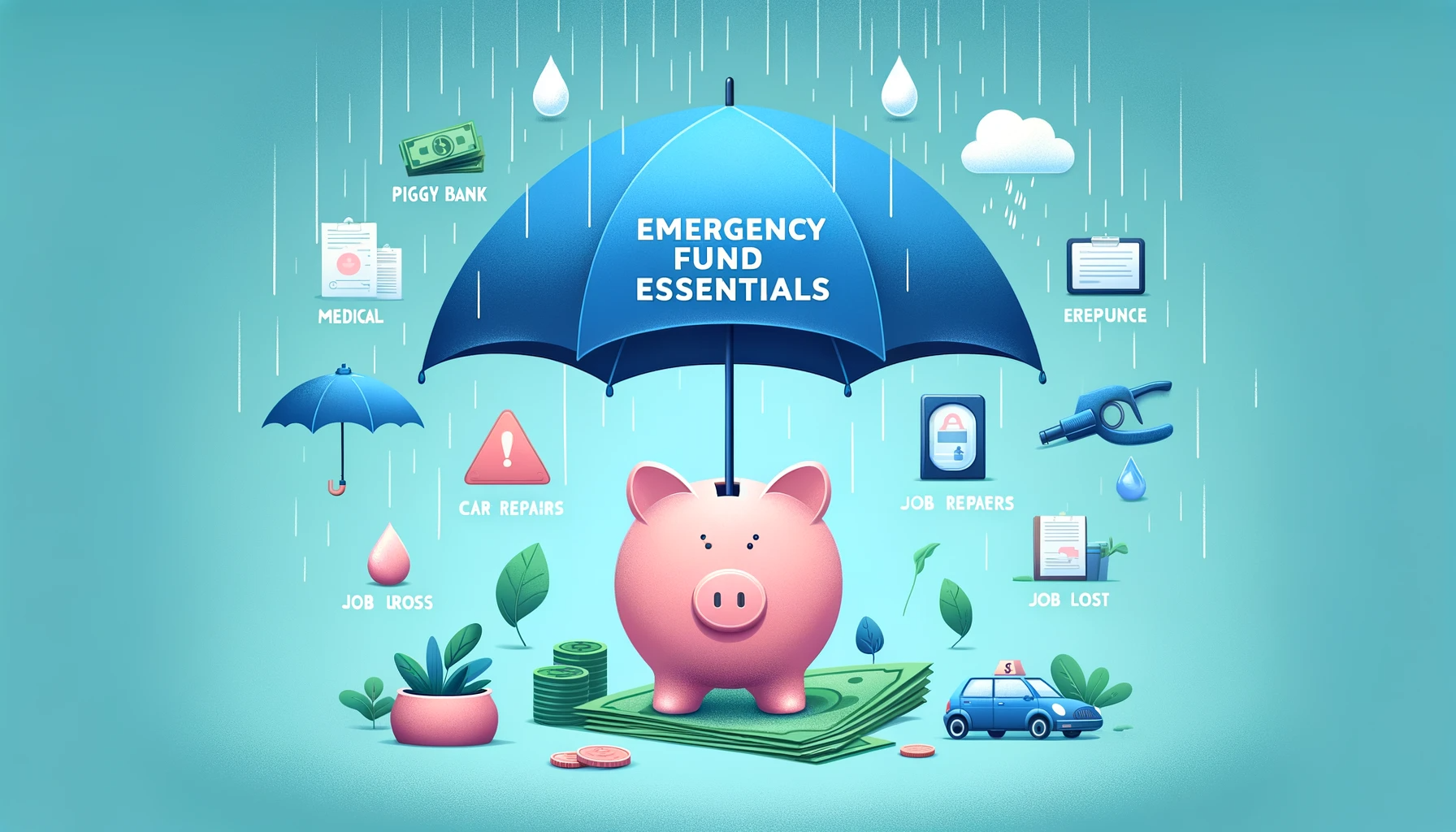Introduction
In today’s unpredictable world, having an emergency fund is not just a financial strategy but a necessity for peace of mind. An emergency fund acts as a safety net, protecting you and your family from the unforeseen financial shocks life can throw your way. From sudden medical bills to unexpected job loss, having an emergency stash of cash can be the difference between a minor hiccup and a financial disaster. In this article, we’ll explore the essentials of building and maintaining an emergency fund.
What is an Emergency Fund?
An emergency fund is a pool of money set aside to cover unexpected and urgent financial needs. It’s not meant for planned expenses or discretionary spending; rather, it’s a buffer against life’s unforeseen events that can strain your finances.
Why You Need an Emergency Fund
- Unexpected Job Loss: In an economic downturn, job security can be uncertain. An emergency fund can cover living expenses while you search for new employment.
- Medical Emergencies: Health issues can arise without warning, leading to hefty medical bills.
- Home or Car Repairs: Essential repairs often come without warning and can be costly.
- Avoiding Debt: With an emergency fund, you won’t need to rely on credit cards or loans, preventing additional financial strain.
How Much Should You Save?
The size of your emergency fund can vary based on your lifestyle, monthly costs, income, and dependents. A general rule of thumb is to have three to six months’ worth of living expenses. However, if you’re self-employed or have an unstable job, you might consider saving more.
How to Build an Emergency Fund
- Set a Goal: Start with a small achievable goal, like $1,000, and gradually increase it.
- Create a Budget: Understand your income and expenses to see where you can cut back to save more.
- Automatic Savings: Set up an automatic transfer to your emergency fund with each paycheck.
- Cut Unnecessary Expenses: Review your spending habits and reduce non-essential expenses.
- Use Windfalls Wisely: Put tax refunds, bonuses, or other unexpected cash into your emergency fund.
Where to Keep Your Emergency Fund
Your emergency fund should be easily accessible but not so easy that you’re tempted to dip into it for non-emergencies. Consider these options:
- Savings Account: Provides easy access and some interest.
- Money Market Account: Typically earns more interest than savings accounts.
- High-Yield Bank Accounts: Online banks often offer higher interest rates.
Maintaining Your Emergency Fund
- Review Regularly: Periodically reassess your fund to ensure it covers your current living costs.
- Avoid Temptation: Reserve the fund strictly for emergencies.
- Replenish If Used: If you dip into the fund, prioritize replenishing it.
Conclusion
An emergency fund is an essential component of a sound financial plan. It provides security, reduces stress, and offers protection against life’s uncertainties. Start small, build steadily, and rest easier knowing you’re prepared for whatever comes your way.
Remember, personal finance is deeply individual. What works for one may not work for another. The key is to start, be consistent, and adjust as your life changes.
